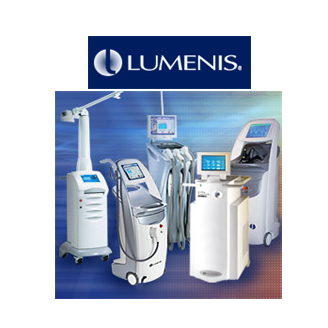
The study for this new laser was led by Dr. Jeffrey Kenkel, vice chairman of plastic surgery, director of the Clinical Center for Cosmetic Laser Treatment and chief of plastic surgery at the Veterans Administration Medical Center at Dallas. He happens to be among the few surgeons using anew carbon dioxide-based fractional laser that offers quicker recovery times while going deeper into the skin to help reduce wrinkles, tighten surface structures and treat pigmentation differences.
According to Kenkel, “UT Southwestern was one of only two U.S. centers to receive the Food and Drug Administration-approved laser for initial testing before making it available for patients. Plastic surgeons at UT Southwestern have completed testing and are now starting to use the new carbon dioxide-based fractional laser, which combines minute focused columns of laser-induced injury with heat deposition for less skin damage and quicker recovery time.â€
The latest model of this laser was made by California-based Lumenis Device Technologies. It has a large arm and two heads and can be used on a variety of conditions including wrinkle removal, acne scarring, alleviating dark pigmentation and other conditions that the plastic surgery group is yet investigating.
Previous Carbon Dioxide-based lasers faded away because of long recovery periods, which sometimes spanned to several months and pigmentation inequities that resulted in loss of pigmentation in the patient’s skin after treatment.
“Fractional lasers are like aerating your lawn, where you have a bunch of holes in your lawn, but you have normal lawn in between. This allows for more rapid healing because intact, normal skin bridges the gap between the laser-induced injured skin. We can vary the distance between the holes, which has an effect on how much tissue we choose to treat. The treatment parameters are determined by what we are trying to accomplish for each of our patients, he further explained.
He also said that the technology potentially could be one of the last decade’s biggest advancements in the laser world.
